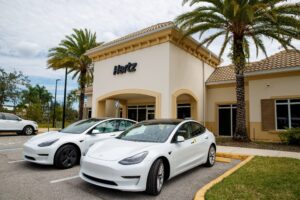
Car rental giant Hertz announced this week a $4 billion deal to purchase 100,000 electric Tesla vehicles, and said half those cars would be made available to Uber drivers at low rates.
TNC drivers with high ratings and at least 150 Uber trips in some markets will be able to rent the electric vehicles for $344 a week, potentially lowering their costs to drive for the company. Hertz said that price will eventually come down to less than $300. It’s the biggest deal ever for Tesla.
The 50,000 Teslas are expected to be available for Uber drivers by 2023.

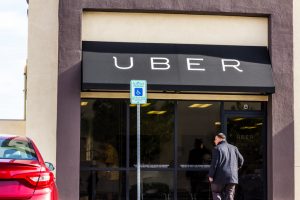 A judge ruled California’s Proposition 22, which allowed transportation network companies (TNCs) and other companies to classify workers as independent contractors instead of employees, unconstitutional last week.
A judge ruled California’s Proposition 22, which allowed transportation network companies (TNCs) and other companies to classify workers as independent contractors instead of employees, unconstitutional last week.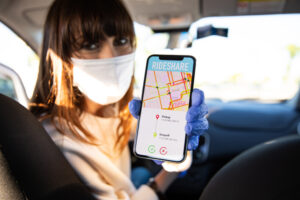 By Brandy Stanley, CAPP
By Brandy Stanley, CAPP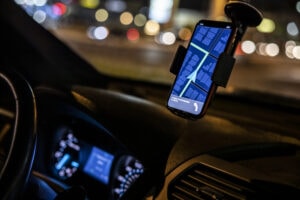 Transportation network company (TNC) drivers in Miami say they fear losing their income when 1,000 autonomous cars are launched as ride-hails later this year.
Transportation network company (TNC) drivers in Miami say they fear losing their income when 1,000 autonomous cars are launched as ride-hails later this year. Transportation network companies (TNCs) such as Uber and Lyft will need to transition to electric vehicles in California by 2030, the state legislature mandated last week.
Transportation network companies (TNCs) such as Uber and Lyft will need to transition to electric vehicles in California by 2030, the state legislature mandated last week. Lime, once known for its huge fleet of ubiquitous green bikes, announced it will allow third-party transportation service providers to offer their services inside its app, growing from a bike and scooter booking service to a MaaS provider.
Lime, once known for its huge fleet of ubiquitous green bikes, announced it will allow third-party transportation service providers to offer their services inside its app, growing from a bike and scooter booking service to a MaaS provider. Saying their already-struggling businesses could be decimated
Saying their already-struggling businesses could be decimated 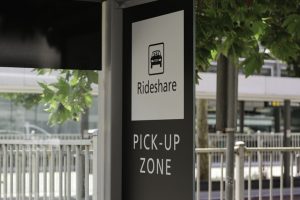 The Arizona Supreme Court upheld a $4 pick-up and drop-off fee for transportation network companies (TNCs) at Phoenix Sky Harbor Airport late last week. TNCs had argued the fees were unconstitutional, while the airport said they would help distribute COVID-19 recovery costs between all businesses at the airport.
The Arizona Supreme Court upheld a $4 pick-up and drop-off fee for transportation network companies (TNCs) at Phoenix Sky Harbor Airport late last week. TNCs had argued the fees were unconstitutional, while the airport said they would help distribute COVID-19 recovery costs between all businesses at the airport.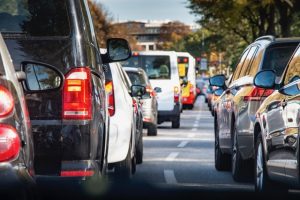
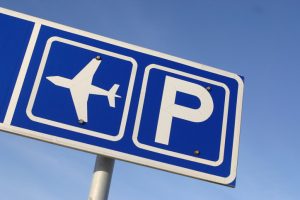 Officials at Hartsfield-Jackson Atlanta International Airport say parking demand is down so much that a planned garage expansion is no longer necessary, and they say ride-share is behind the drop.
Officials at Hartsfield-Jackson Atlanta International Airport say parking demand is down so much that a planned garage expansion is no longer necessary, and they say ride-share is behind the drop.